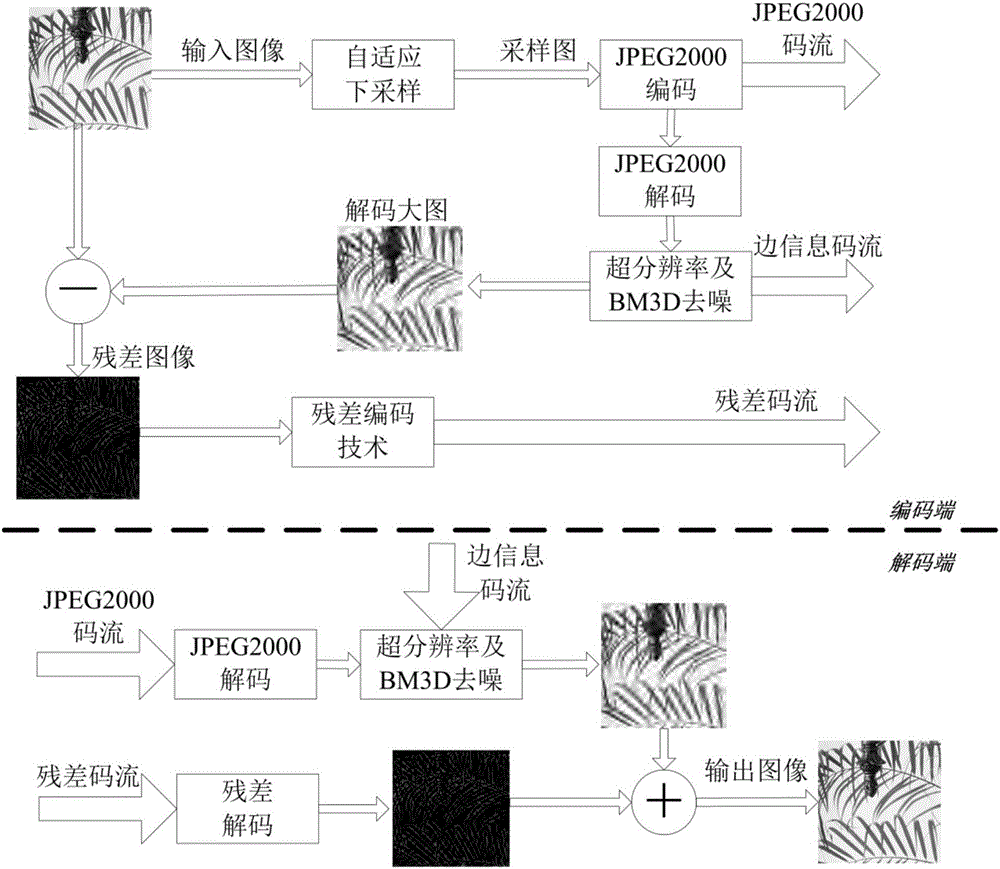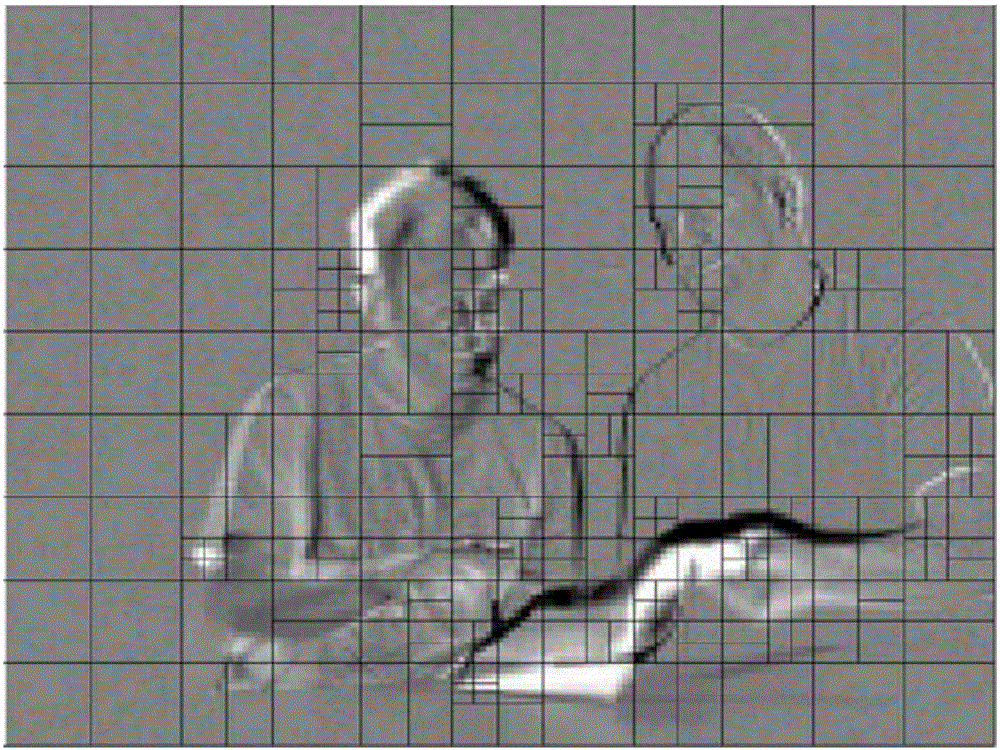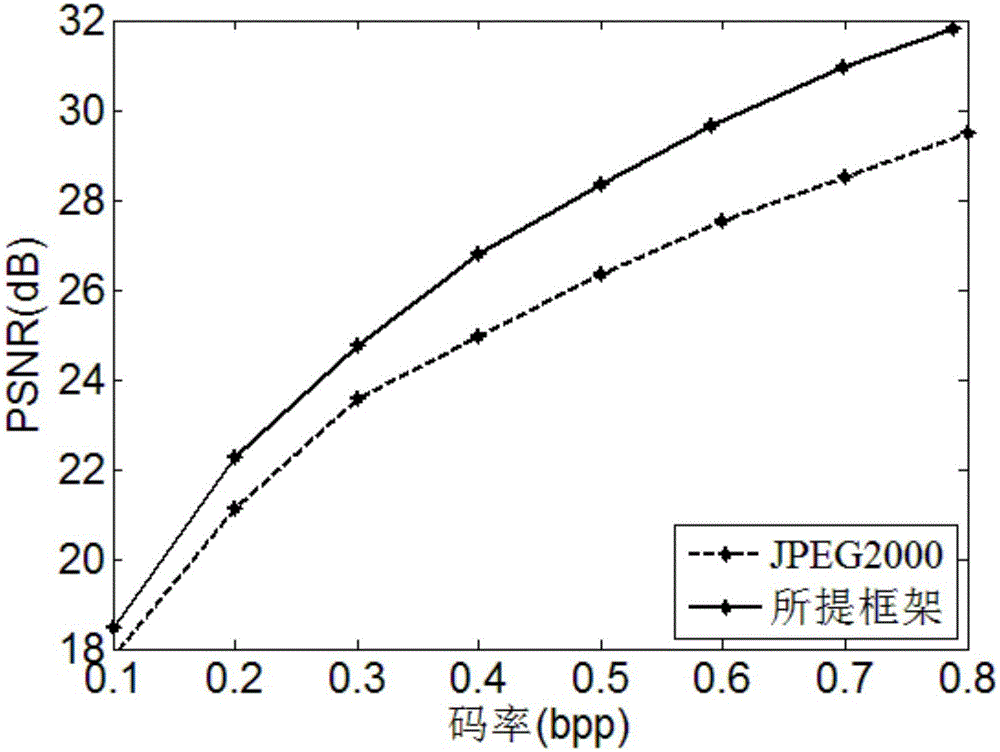Image compression framework combining super-resolution and residual coding technology
A coding technology and image compression technology, applied in the image compression framework combining super-resolution and residual coding technology, in the field of image super-resolution and image compression, to achieve the effect of improving quality, improving rate-distortion performance, and high compression rate
- Summary
- Abstract
- Description
- Claims
- Application Information
AI Technical Summary
Problems solved by technology
Method used
Image
Examples
Embodiment Construction
[0018] The present invention will be further described below in conjunction with accompanying drawing:
[0019] figure 1 , an image compression framework combining super-resolution and residual coding techniques, including the following steps:
[0020] (1) Iteratively back-projection downsamples the original image to be compressed to obtain a small image after sampling;
[0021] (2) At the encoding end, the small image is compressed by the JPEG2000 standard, and the code stream and denoising side information are transmitted to the decoding end;
[0022] (3) Obtain the decoded small image at the decoding end, and reconstruct the small image into a decoded large image through super-resolution based on code rate classification;
[0023] (4) Combining the denoising side information to suppress the compression noise in the decoded large image and improve the quality of the decoded large image;
[0024] (5) Calculate the residual of the decoded large image and the original image ...
PUM
 Login to View More
Login to View More Abstract
Description
Claims
Application Information
 Login to View More
Login to View More - R&D
- Intellectual Property
- Life Sciences
- Materials
- Tech Scout
- Unparalleled Data Quality
- Higher Quality Content
- 60% Fewer Hallucinations
Browse by: Latest US Patents, China's latest patents, Technical Efficacy Thesaurus, Application Domain, Technology Topic, Popular Technical Reports.
© 2025 PatSnap. All rights reserved.Legal|Privacy policy|Modern Slavery Act Transparency Statement|Sitemap|About US| Contact US: help@patsnap.com



